What Are The Things You Can Do With a Forestry Degree?
- September 24, 2024
- 0 comment
Forests are crucial to the health of our planet, covering a significant portion of the earth and providing essential services like air purification, water filtration, and climate regulation. However, as urbanization and deforestation accelerate, these natural ecosystems are increasingly at risk, creating a need for trained forestry professionals who can manage and conserve these vital resources.

From forest conservation to wildfire management, the demand for specialists in forestry has never been greater. Earning a degree in forestry equips you with the skills to enter diverse roles in forest management, sustainability, and environmental protection, ensuring that forests can continue to thrive for generations to come.
Forestry Degrees and Career Paths You Can Pursue
1. Associate Degree in Forestry
An associate degree in forestry typically offers a foundational education in forestry practices, conservation, and basic resource management. Graduates with an associate degree often find entry-level positions that focus on practical skills, such as forestry technicians, park rangers, or wildfire fighters. These roles are hands-on, involving tasks like forest data collection, monitoring forest health, and ensuring compliance with regulations related to conservation.
Career Opportunities
- Forestry Technician
- Park Ranger
- Wildfire Fighter
- Environmental Education Assistant
Key Skills Learned
- Introduction to forest management techniques
- Conservation practices and ecology
- Basic GIS and field survey techniques
2. Bachelor’s Degree in Forestry
A bachelor’s degree is the minimum requirement for most forestry-related roles that involve management, planning, and policy-making. This degree prepares students to work as forest managers, environmental consultants, and conservation scientists. Bachelor’s degree programs emphasize forest ecosystems, sustainable land use, and the socioeconomic impacts of forest management. Internships and hands-on experiences are crucial for gaining real-world knowledge in these fields.
Career Opportunities
- Forest Manager
- Environmental Consultant
- Conservation Scientist
- Wildlife Biologist
Key Skills Learned
- Advanced forest management practices
- Ecosystem sustainability and biodiversity conservation
- Environmental law and regulations
- GIS and data analysis for forest planning
3. Master’s Degree in Forestry
A master’s degree in forestry allows individuals to specialize in advanced roles such as forest policy advisor, academic researcher, or forestry director. This degree typically includes a focus on specialized fields like forest ecology, fire science, climate change mitigation, or forest engineering. Graduates can expect to take on leadership roles, influence policy, or conduct cutting-edge research.
Career Opportunities
- Forestry Director
- Forest Policy Advisor
- Academic Researcher
- Climate Change Mitigation Specialist
Specializations
- Forest Ecology
- Climate Change Adaptation
- Fire Science
- Forest Engineering
Popular Forestry Career Paths
Forestry graduates have a variety of career paths to choose from, each with its unique focus and responsibilities. Below are seven popular careers for forestry degree holders:
1. Forest Ranger
Forest rangers work on the front lines of forest protection and management.
They are responsible for safeguarding public lands, preventing and managing wildfires, educating the public about conservation, and ensuring sustainable recreational use of forest areas. They often collaborate with other agencies to ensure that forest resources are preserved for future generations.
Estimated Salary: $30,000 – $55,000 per year
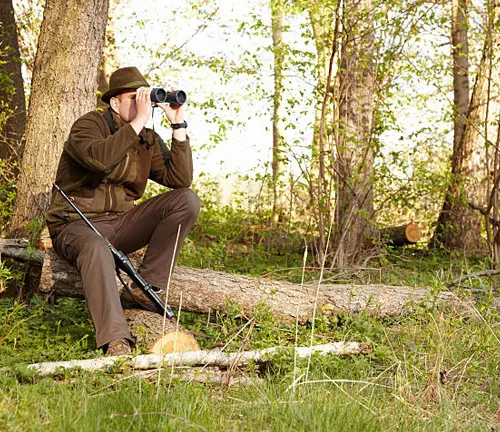
2. Urban Forester
Urban foresters focus on the planning, planting, and care of trees within city environments.
Their role is essential in managing green spaces in urban areas to enhance air quality, reduce the urban heat island effect, and improve the quality of life for city dwellers. Urban foresters also work to preserve the health of city trees, manage invasive species, and promote biodiversity.
Estimated Salary: $50,000 – $80,000 per year
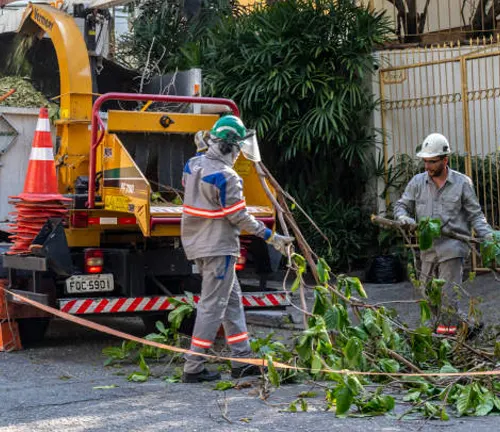
3. Conservation Scientist
Conservation scientists work to manage natural resources, ensuring that forests remain healthy while allowing for sustainable use of resources like timber and recreation. They often collaborate with private landowners, government agencies, and nonprofits to develop plans that balance environmental health with economic growth.
Estimated Salary: $60,000 – $80,000 per year
4. Wildlife Biologist
Wildlife biologists study forest ecosystems and wildlife populations to ensure that human activities do not threaten biodiversity. They develop strategies to protect species habitats, work on species recovery projects, and monitor the effects of forestry activities on wildlife populations.

Estimated Salary: $50,000 – $78,000 per year
5. Forestry Consultant
Forestry consultants provide expertise to landowners and businesses regarding sustainable forest management practices. They may help with timber sales, advise on reforestation projects, or ensure that forestry activities comply with environmental regulations.
Estimated Salary: $50,000 – $100,000 per year
6. Arborist
Arborists specialize in the care of individual trees, often in urban settings.
Their work involves tree pruning, diagnosing tree diseases, and making recommendations for tree care and preservation. Arborists play an important role in maintaining the health of urban forests and ensuring public safety.
Estimated Salary: $40,000 – $60,000 per year
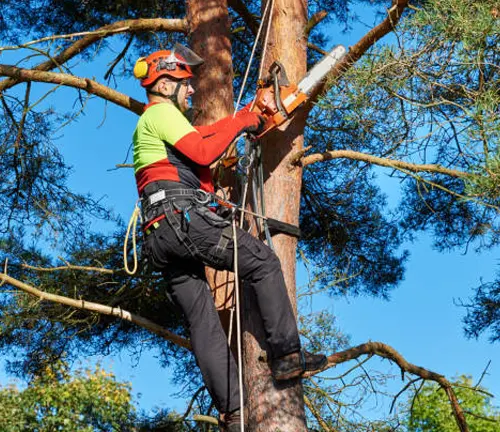
7. Forest Economist
Forest economists analyze market trends and advise forestry companies or landowners on how to maximize their profits while practicing sustainable forest management. They may assess the economic viability of timber harvesting, provide recommendations on market timing, and contribute to forest policy development.
Estimated Salary: $60,000 – $90,000 per year
Skills and Certifications for Forestry Professionals
A. Essential Skills
Forestry professionals need a variety of skills to excel in their roles, including:
- GIS Mapping and Remote Sensing: These tools are used for forest management, planning, and resource allocation. Understanding how to use these technologies is essential for managing large areas of forested land.
- Forest Health Assessment: Forestry professionals must be able to assess the health of forest ecosystems, identify risks such as diseases or invasive species, and implement strategies for forest restoration or management.
- Project Management: Managing large-scale forest projects, whether related to conservation or timber harvesting, requires strong project management skills. This involves budgeting, scheduling, and coordinating multiple stakeholders.
B. Certifications
In addition to formal education, certifications can boost a forestry professional’s credibility and job prospects:
- Certified Forester (SAF): This certification from the Society of American Foresters demonstrates proficiency in sustainable forest management and is often required for advanced roles.
- Forest Stewardship Council (FSC): FSC certification ensures that forestry practices adhere to high environmental, social, and economic standards, making timber products more marketable in eco-conscious industries.
Emerging Trends in Forestry Careers
A. Use of Technology
Technological advancements are reshaping forestry careers. Drones and remote sensing are now commonly used to monitor forest health, track deforestation, and map large forested areas.
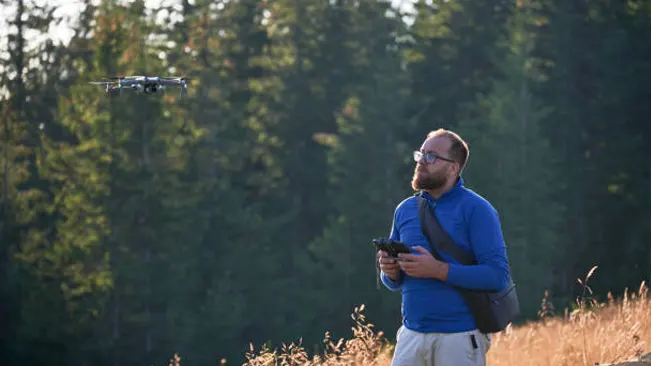
Data analytics help forestry professionals make informed decisions by predicting the impacts of climate change on forest ecosystems or assessing the outcomes of reforestation projects.
B. Climate Change and Reforestation
As climate change accelerates, the demand for forestry professionals involved in carbon management and reforestation initiatives is rising.
Forestry professionals now play a key role in helping governments and organizations meet carbon sequestration goals through sustainable forestry practices and reforestation programs that restore degraded lands.
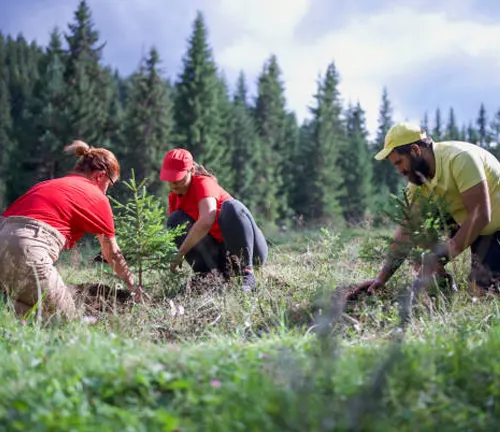
C. Sustainability in Forestry
The focus on sustainability continues to grow in forestry careers. The concept of a circular economy, which minimizes waste and maximizes resource use, is becoming more prominent. Forestry professionals are now working on developing practices that promote ecosystem restoration, recycling of timber products, and sustainable land use.
Conclusion
A forestry degree provides diverse career opportunities, from managing forests and wildlife to influencing policy and conducting research. As the world continues to face environmental challenges, forestry professionals are becoming more important than ever in ensuring the sustainable management of our planet’s forests.
Whether working in the field or behind the scenes, forestry graduates contribute to the preservation of biodiversity, the mitigation of climate change, and the sustainable use of natural resources.
Frequently Asked Questions (FAQ’s)
- What careers can I pursue with a forestry degree?
With a forestry degree, you can pursue careers like forest ranger, conservation scientist, urban forester, wildlife biologist, forestry consultant, arborist, and forest economist. - What types of forestry degrees are available?
There are associate degrees, bachelor’s degrees, and master’s degrees in forestry. Each level offers different career opportunities, with higher degrees leading to more specialized roles. - What is an associate degree in forestry?
An associate degree in forestry provides foundational knowledge in forest management, conservation, and resource use. Graduates often find entry-level jobs as forestry technicians, park rangers, or wildfire fighters. - What skills are important for a forestry career?
Key skills include GIS mapping, forest health assessment, project management, environmental law knowledge, and sustainability practices. - Do I need certifications for a forestry career?
Certifications like the Certified Forester (SAF) and Forest Stewardship Council (FSC) can enhance job prospects, demonstrating expertise in sustainable forest management and compliance with environmental standards. - What are the main responsibilities of a forest ranger?
Forest rangers protect forest lands, manage public access, prevent wildfires, and educate the public on conservation. - How does technology influence forestry careers?
Technology like drones, remote sensing, and data analytics is used in forest monitoring, resource management, and climate change adaptation, shaping modern forestry practices. - What is sustainable forestry?
Sustainable forestry involves managing forest resources to meet current needs while ensuring forest health and biodiversity for future generations. This includes practices like selective logging and reforestation. - What does a wildlife biologist do in a forestry setting?
Wildlife biologists focus on protecting forest ecosystems and wildlife habitats. They study species populations and develop conservation strategies to balance human activities with environmental preservation. - What are the emerging trends in forestry careers?
Emerging trends include forest carbon management for climate change mitigation, sustainability in forestry practices, and the integration of technology like GIS and remote sensing for better forest management.
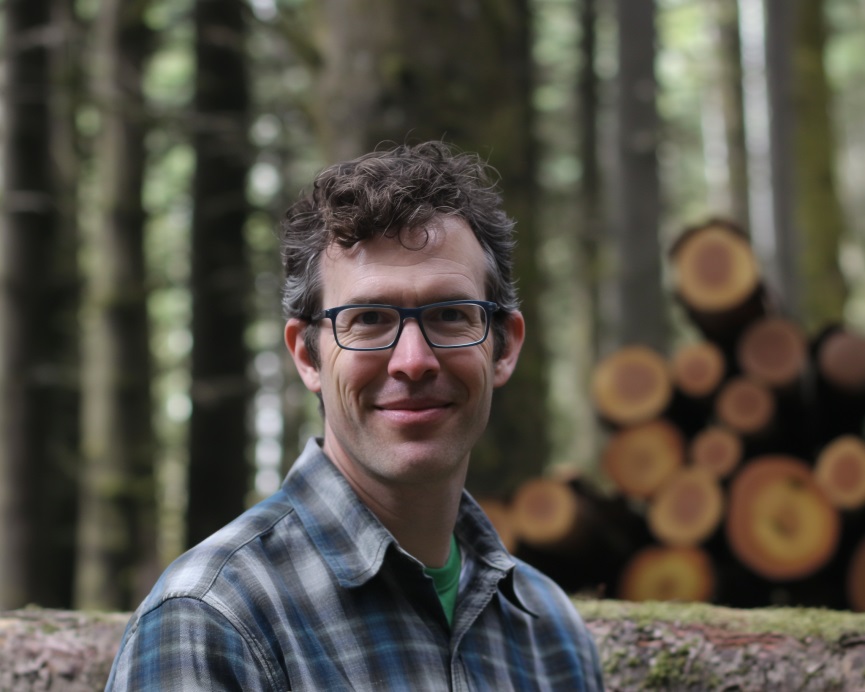
James Wilson
Forestry AuthorJames Wilson has over 15 years of experience in forestry economics, specializing in sustainable practices, investment opportunities, and financial management. He has contributed to notable publications like "Forestry Today" and "EcoFinance Journal" and is known for providing practical and insightful advice. With a degree in Environmental Economics, James stays updated through continuous learning and active participation in industry discussions. Outside work, he enjoys hiking and nature photography, bringing a well-rounded perspective to his professional role.

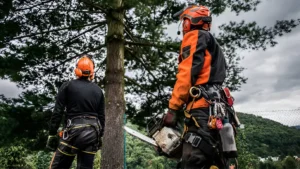

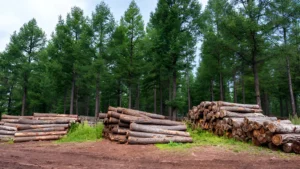
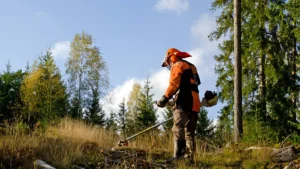


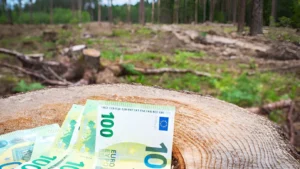

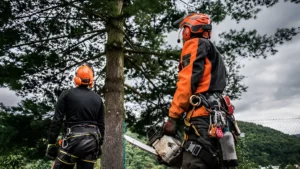
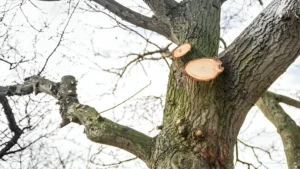
Leave your comment